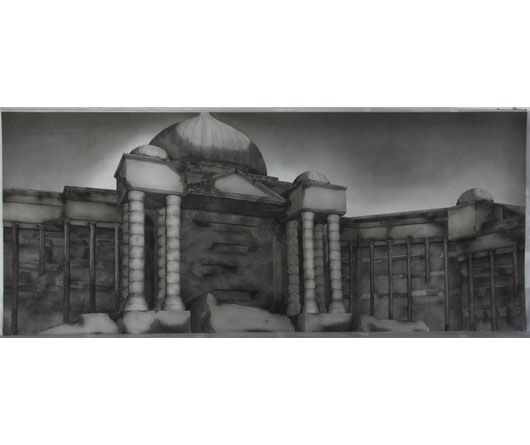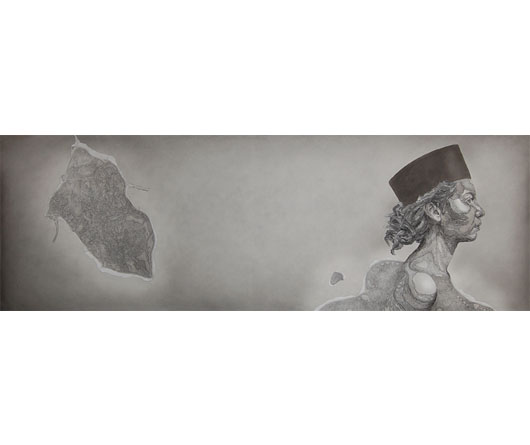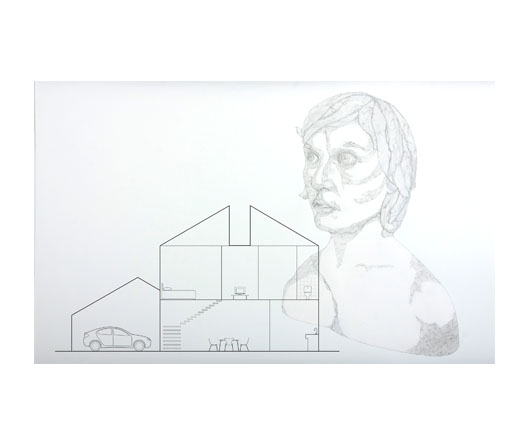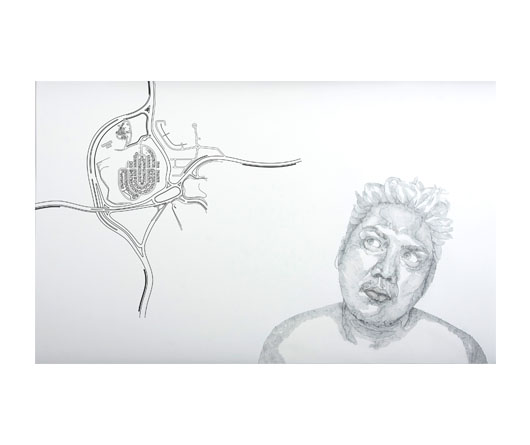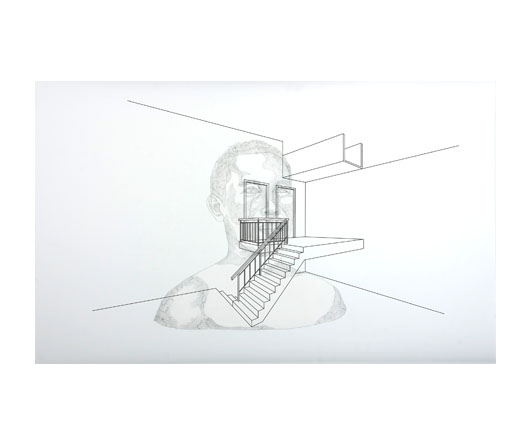Nadiah Bamadhaj
Surveillance
Valentine Willie Fine Art is pleased to announce the Nadiah Bamadhaj’s Solo Exhibition entitled Surveillance. The exhibition will run from 16th – 30th August 2008. Nadiah Bamadhaj’s art practice is predicated on a lifelong engagement with the political and historical forces that have shaped our cultural identities. This new body of work continues from her previous series investigating how built environments in Malaysia contribute to the practice and maintenance of state power. She argues that these are not neutral spaces and that they have moulded the population into specific groups, based on religion and ethnicity, so that the population fits into fixed and readily identifiable subjects in the multi-cultural rhetoric commonly understood as our ‘national’ identity.
Adopting the concept of surveillance, the artist zones into specific localities, in the guise of a sociologist or anthropologist, mapping the complex racial and religious ideologies that attend our different built environments. Each suburban estate is associated with a symbolic representation of a particular aspect of ‘national’ identity, shaped by local terrain. Their emergence in Nadiah Bamadhaj’s drawings inevitably reveal and expose the very structure that has perpetuated their presence in the way ethnicity and religion is understood, discussed and policed in Malaysia, commenting on how this has been subliminally embraced by the population.
These aerial and panoramic surveys of the broad and ever shifting transformation that development has wrought upon the Malaysian terrain reveal a nation grappling with the dark side of its post-colonial modernity and progress.
Nadiah Bamadhaj’s art practice is predicated on a persistent engagement with the political and historical forces that have shaped our cultural identities. This new body of work represents a continuation of her investigation into how architecture and built environments in Malaysia contribute to the practice and maintenance of state power, and its implications.
Drawing primarily from her experiences living in Kuala Lumpur, the drawings explore the idea that architecture acts as a form of surveillance. In this body of work, the artist argues that architecture, or built environments have the potential to shape and control the body, its movements, and in turn, the identity/ies located within this surrounding.
Adopting the concept of surveillance, the artist employs paper collage as a technique that can uniquely sculpt the complex layers of our suburban topography. She zones into specific localities, in the guise of a sociologist or anthropologist, mapping its formation and the policies that regulate its hierarchies, implicating its subservience to a larger nation building program that is often myopic and purely rhetorical. The intricate folds as well as the soft gradient hues of the charcoal medium respond to a surrealist play of the illusory, casting the shadowy human subjects (three of which are self-portraits) of her drawings as a dream-like return of the repressed.
A suite of four portraits “mapped” by digitally printed images touches on the juxtaposition between the aspiration to, and the monotony of, generic suburban housing in and around Kuala Lumpur, looking at housing design, and the streaming of bodies within these spaces, and the ‘hierarchy’ created in these spaces that are modeled around the notion of the nuclear family.
A third powerful element of the exhibition consists of two monumental works, one titled “An Exhibition”, portraying the new Kuala Lumpur Court Complex. They represent the imposing, authoritative presence of institutional architectural structures that watch over us, hinting at the hidden ambiguities behind their implacable facade.
These aerial, panoramic and intimate works survey the broad and ever shifting transformation that development has wrought upon the terrain, casting disturbing insights into a nation grappling with the dark side of its post-colonial modernity and progress.
‘Surveillance’ is part of the artist’s PhD research at the Faculty of Built Environment, Art and Design, Curtin University of Technology, Western Australia, which began in 2006
